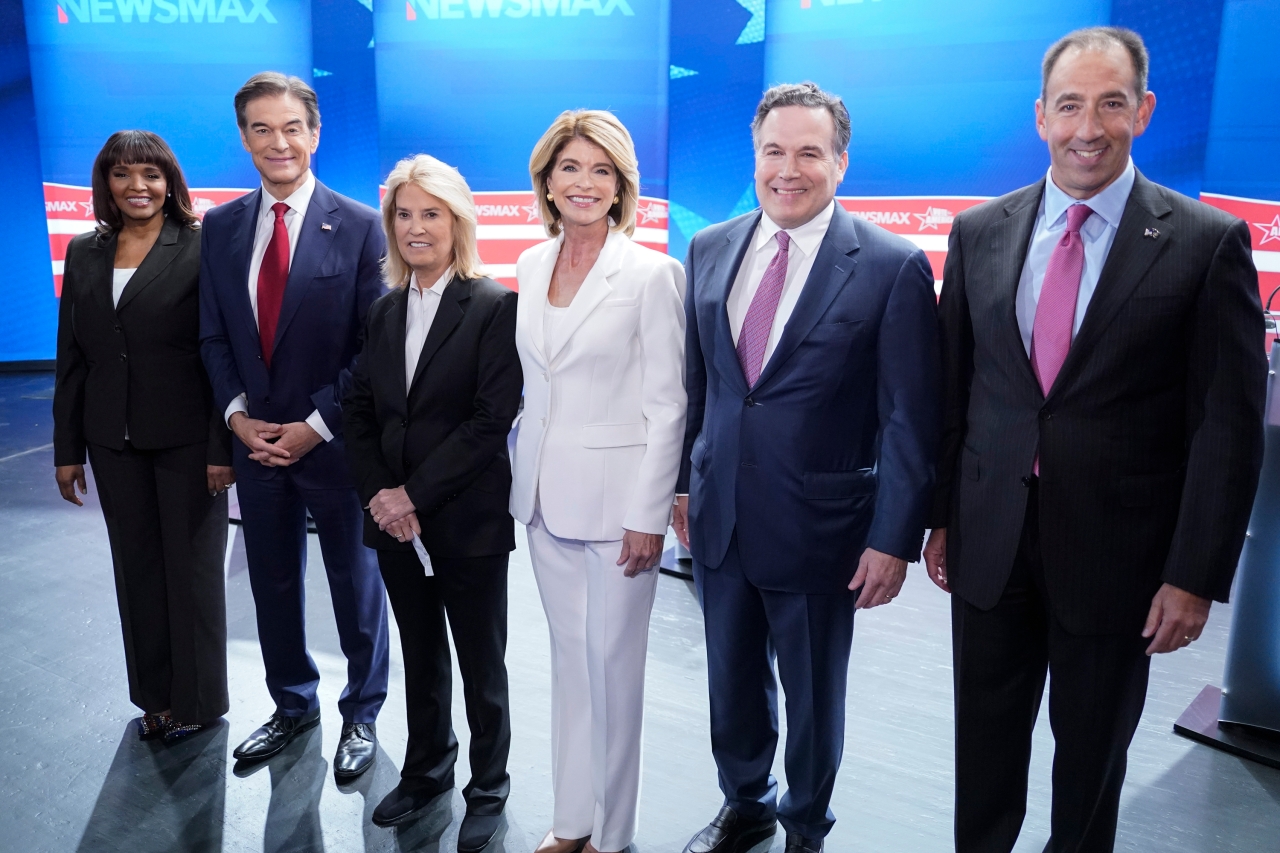| Rob Richie | The Hill |
Republicans need just one seat to win back the Senate this fall. The president’s party has lost Senate seats in seven of the last 10 midterm elections, and Joe Biden’s approval ratings are underwater.
Primaries have started, and crowded fields of Republicans are running in states like North Carolina, Pennsylvania, Missouri, and Arizona. These crowded candidate fields can bring out more voters — but also might hurt the GOP’s chances this fall because of our current voting rules.
”Ranked choice voting is a simpler, faster, cheaper alternative that elects party nominees with strong primary support going into the general election.
Here’s the problem: Republicans have a history of nominating weak candidates in primaries with lots of candidates. These nominees sneak through a crowded field with 30 or 40 percent of votes, and then lose winnable seats in the fall.
Remember Senators Corey Stewart of Virginia, Todd Akin of Missouri or Sharron Angle of Nevada? Neither do we. All of these controversial figures won crowded primaries with 45 percent of the vote or less — even the majority of Republicans didn’t support them! All went on to lose winnable races; in 2012, Akin underperformed Mitt Romney by 25 points in Missouri.
Holding a separate runoff election has traditionally been the vehicle to help parties nominate stronger candidates, but fewer states use runoffs due to costs, delays and low turnout. That’s how J.D. Vance could win a Republican primary in Ohio this month with 32 percent of the vote, after a nasty campaign in which one primary debate nearly broke into a fistfight. If Vance loses in November, the nature of this primary will be a big reason.
Ranked choice voting is a simpler, faster, cheaper alternative that elects party nominees with strong primary support going into the general election. Voters rank candidates in order of preference. If no candidate wins a majority of voters’ first choices, the race goes to an “instant runoff” that counts the backup choices of voters whose first choice trailed the field — until a candidate gets to 50 percent and wins.
This change gives candidates incentives to build enough deep support to be among the top candidates as well as broad support, so they can break the 50 percent threshold against their strongest opponent. It increases voter buy-in, with more primary voters having a personal stake in the nominee — even if they didn’t rank the nominee first, they likely ranked that candidate somewhere on their ballot.
It also encourages more civil campaigns, in line with Reagan’s 11th Commandment that Republicans “shall not speak ill of any fellow Republican.” Our current system is a zero-sum, dog-eat-dog fight for every vote. With ranked choice voting, you have an incentive to engage your opponent’s base and seek their second- and third-choice votes.
We saw all these benefits in Virginia’s 2021 Republican nomination for governor. One major candidate shared reasons he liked his competitors, and publicly asked their supporters to rank him second. While Democrats began their general election campaign wounded from a hard-fought primary, Republicans were united behind a consensus ticket and swept all three statewide races. No wonder Virginia Republicans are using ranked choice voting again this cycle to pick two congressional nominees.





